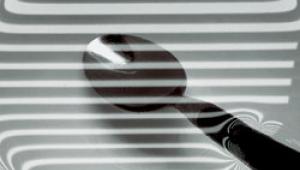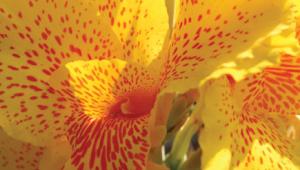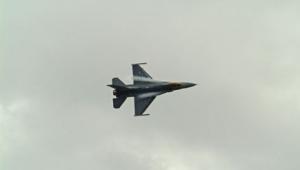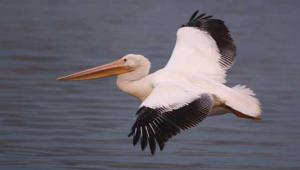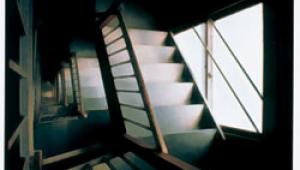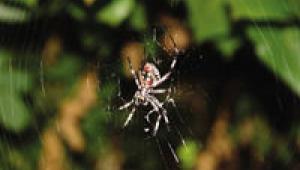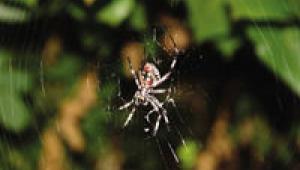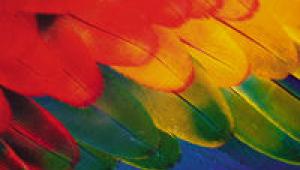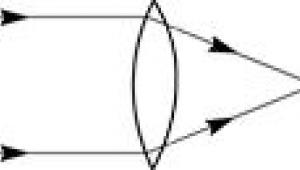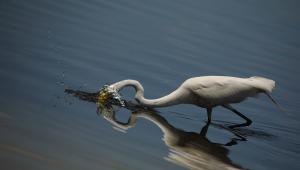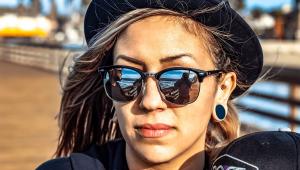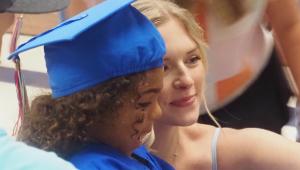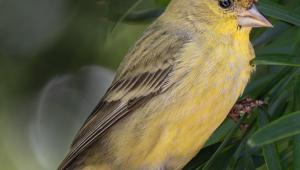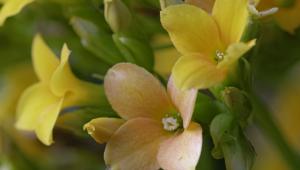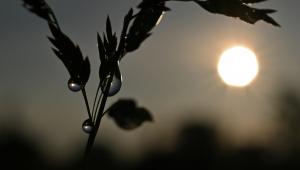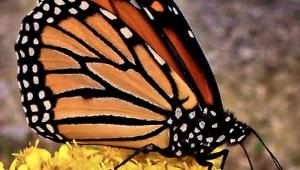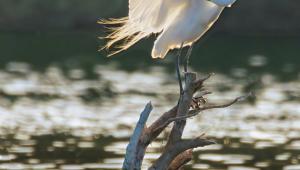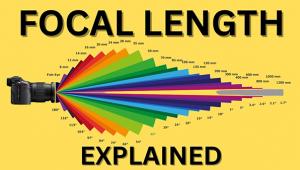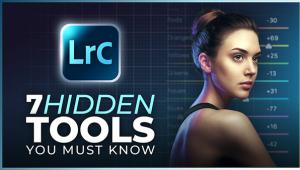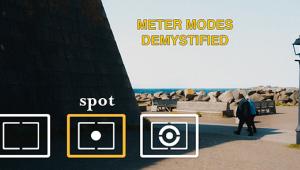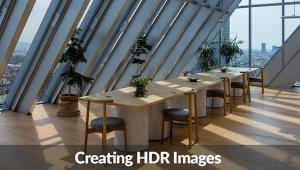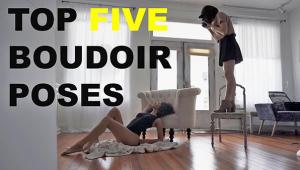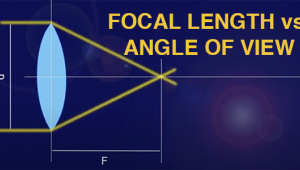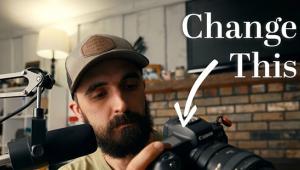Lou Manna: Photos Good Enough to Eat Page 3
In 1990, he took classes in Adobe
Photoshop. He states, "I was a visionary and saw digital photography as
the future of the industry over 10 years ago." During the early '90s,
he began using the first Kodak DCS digital camera series, and moved on to a
Nikon E2 in 1995 (a 1.3-megapixel digital model that cost approximately $13,000).
The E2 had "full-lens coverage with a digital chip," and Manna used
it extensively in his work. Nonetheless, he found that the early digital models
operated too slowly for his quick style of shooting, "and they didn't
have the quality of current digital models."
Today, he relies exclusively on Olympus digital cameras, beginning with the
E-10 and E-20 models. Both cameras offered video live feed, which enabled him
to show clients and chefs images on a television screen, "a more interactive
approach to photography." And now, he's using the Olympus E-1 digital
SLR with its interchangeable lens system. He loves the digital chip on the E-1,
and enjoys the ultrasonic cleaning system, "which shakes dust off the
camera's CCD--it's great to use a camera that cleans itself."
He's also excited about Olympus' Global Service Support, which was
introduced with the E-1. "I'm thrilled about this, being a world
traveler and professional photographer," he comments.
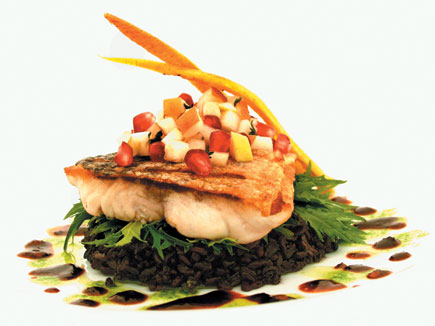 |
|
|
Tricks of the Trade: Five
Tips for Shooting Food Like a Pro
Manna has taught food photography for years to students of the French Culinary
Institute and many other professional groups. Thus, he's produced a brochure
as a teaching aid, which includes some of the following tips:
1. Food Prep
Manna (or his stylists) use brushes with light cooking oil to add shine to food
or vegetables. Likewise, using a spritzer bottle with glycerine and water on
glass surfaces like bottles and glasses adds droplets. "I also use hand-carved,
plastic ice cubes when shooting beverages." Elmer's Glue is used
instead of milk in cereal shots, as it keeps cereal from getting soggy over
the course of a photo shoot. To create "ice cream" that won't
melt under hot lights, Manna shares this recipe: confectionary sugar, mashed
potatoes, Fleishman's margarine, and light corn syrup, shaped with an
ice cream scooper. If you're preparing food to be photographed, Manna
advises, "Undercooking usually works best for better-looking food. Overcooking
dries it out too much for photography."
2. Lenses
Photographers who want to shoot food are advised to have a variety of lenses
in a wide-angle, normal or telephoto range, depending on the desired result.
A macro lens--or one with close-focusing capability--is a must, according
to Manna. He often shoots with a telephoto lens to get that "in your face"
look, to compress distance, and to give a shallow depth of field. He uses a
wide-angle lens when he wants deliberate distortion.
3. Lighting
"Whatever you do, don't use on-camera or direct flash," Manna
points out. "Diffuse light somehow." Lighting sources can include
sunlight, window light, or some type of off-camera flash, such as studio umbrellas,
grid spots, or softboxes. He suggests using reflectors, foil, or mirrors to
bounce light back on the subject. Manna uses mirrors in varying sizes to bounce
light into a reflective surface, such as a small mirror for one pea on up to
a large mirror for a group of subjects.
4. Props
These days, fewer props are used for food photography than in the past, says
Manna. They tend to be smaller, more lightweight, and in lighter, more pastel
shades. Manna sometimes uses food elements as props. When shooting a table setting,
he says, silverware and glassware are simpler, with solid or textured napkins.
He also uses textured wood or paper backgrounds.
5. Composition
The old trend of food photography involved shooting from a high angle. Not so
today, Manna points out. He shoots from low angles, and uses shallow depth of
field to throw the background out of focus, which isolates his main subject.
As the viewer's eye is attracted to the brightest object in a photo, Manna
purposely places darker colors near the edges of a composition. For visual flow,
he arranges his compositions in a circular manner so that the eye stays within
the frame.
To see more of Lou Manna's work, visit www.loumanna.com.
- Log in or register to post comments
